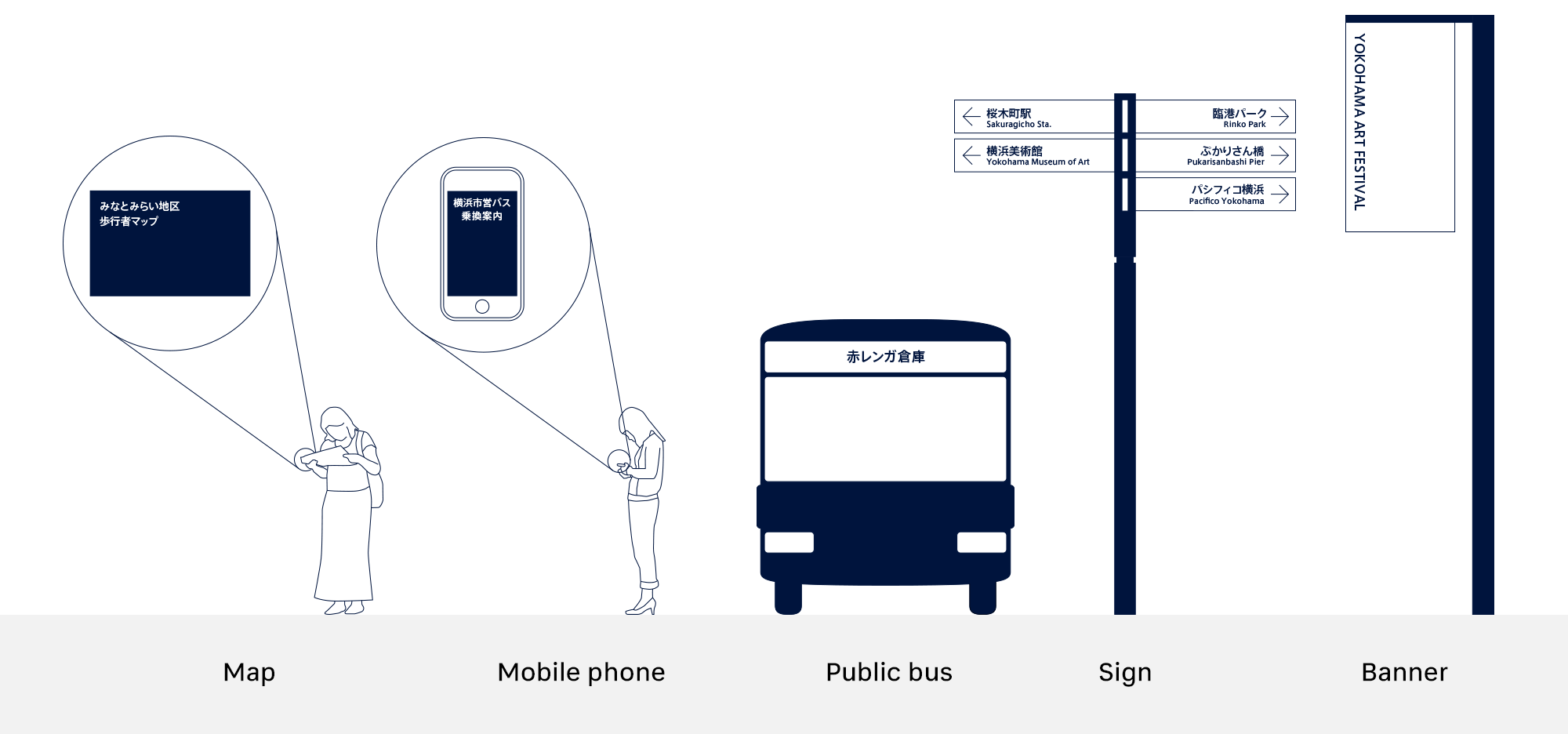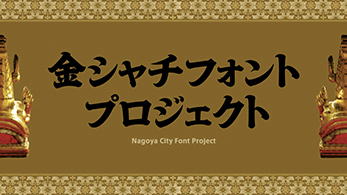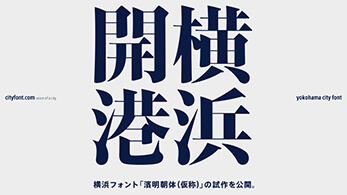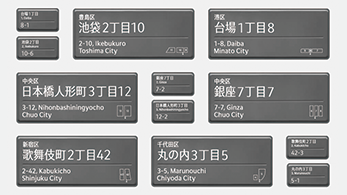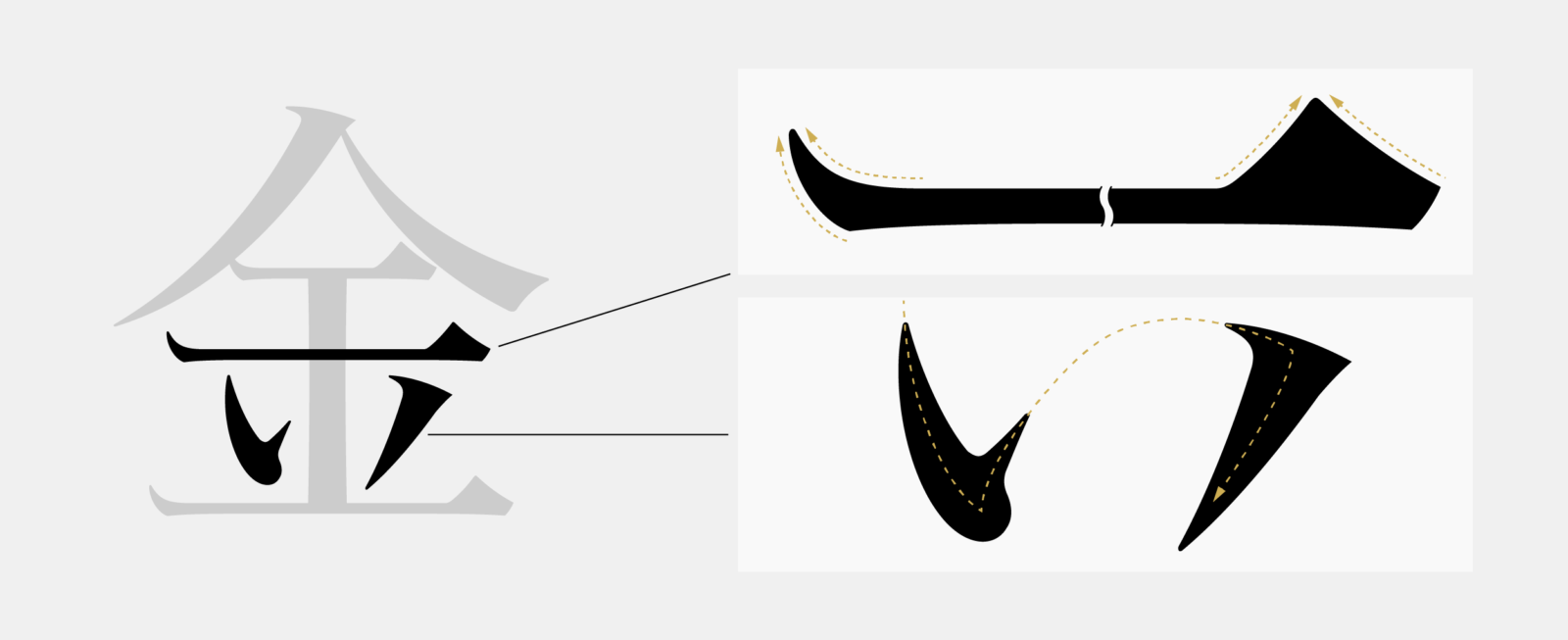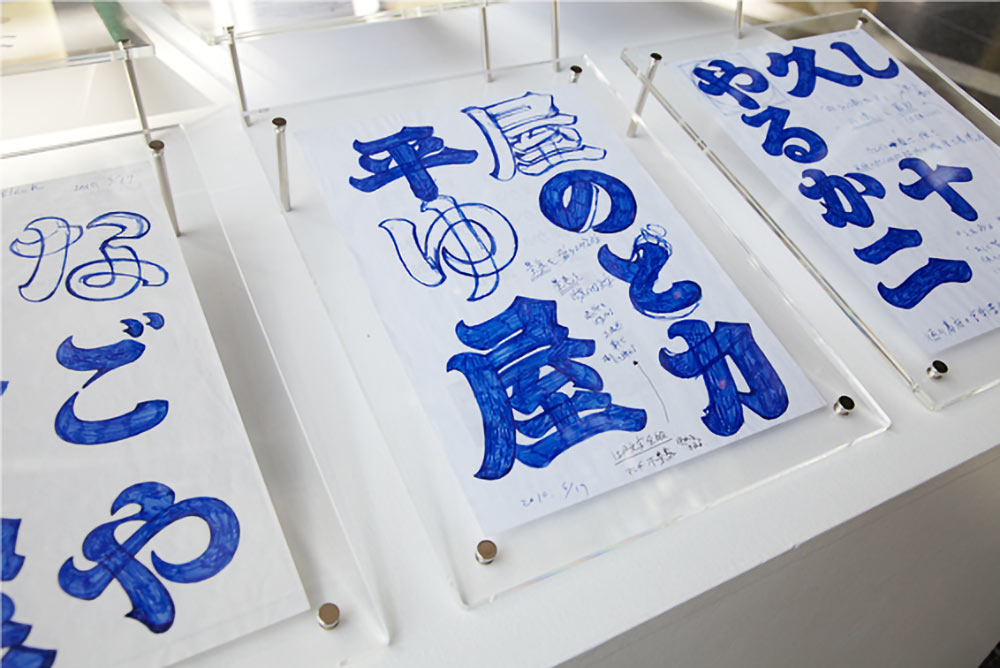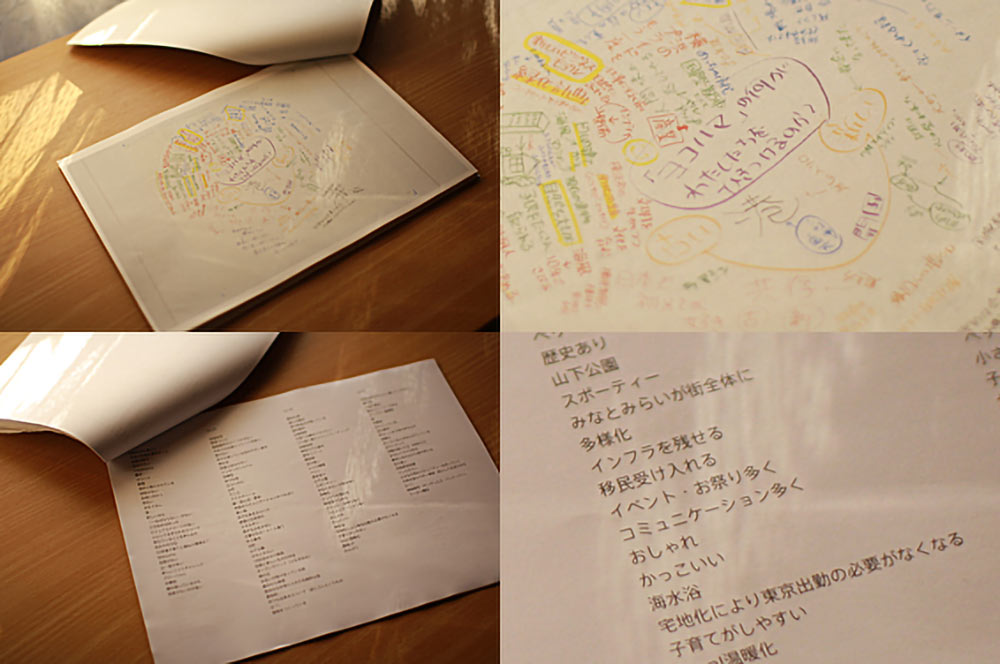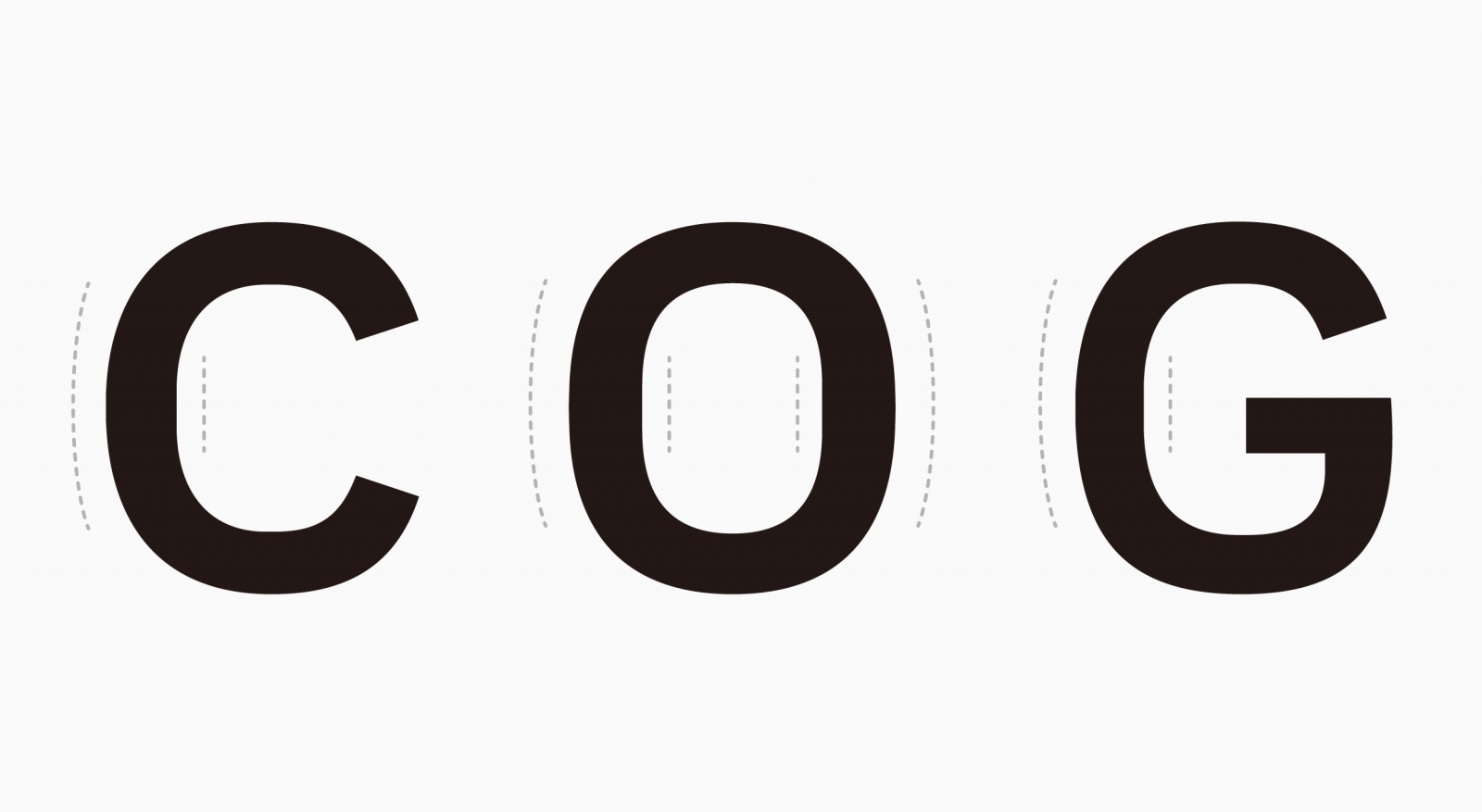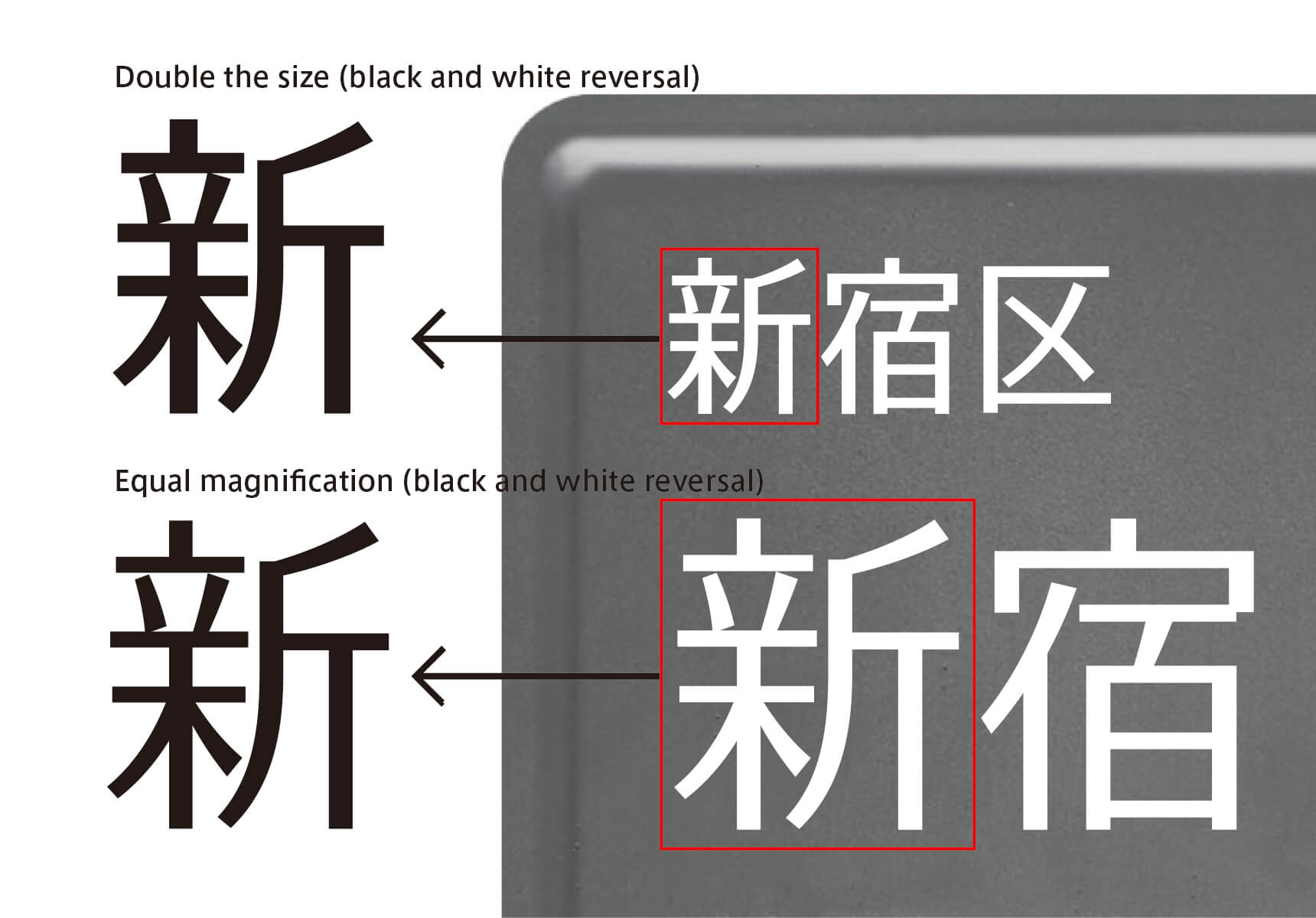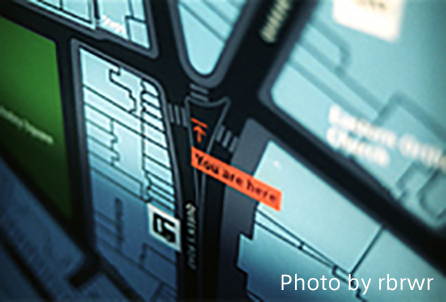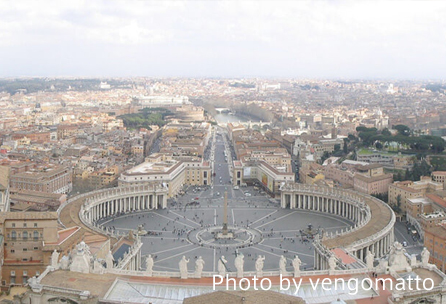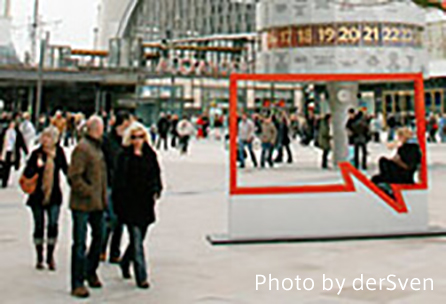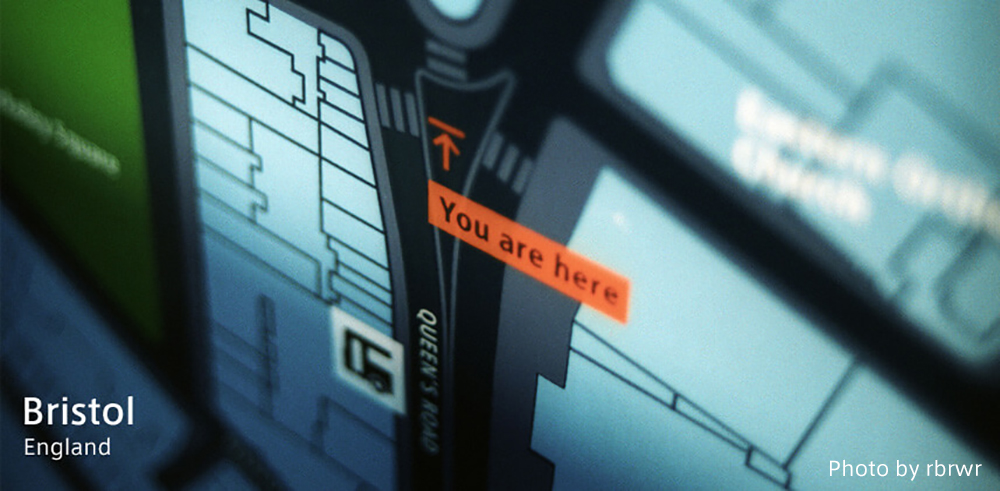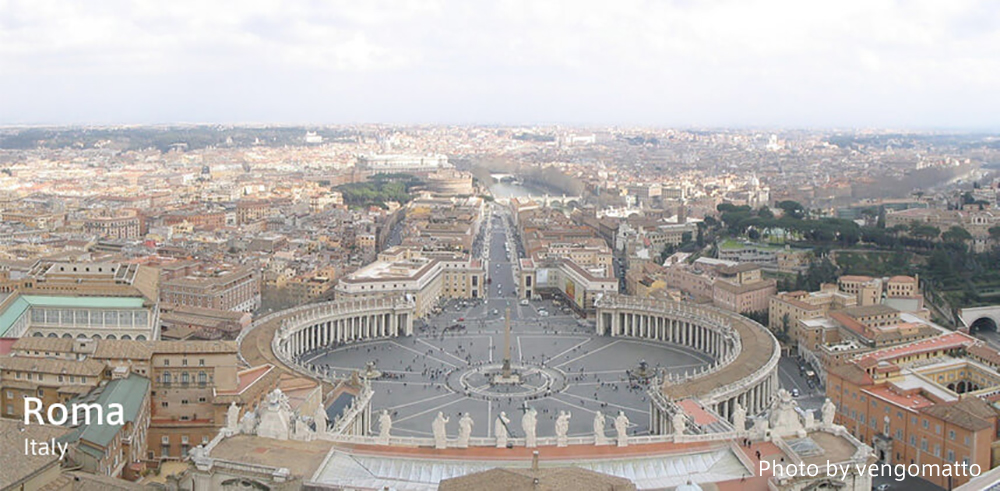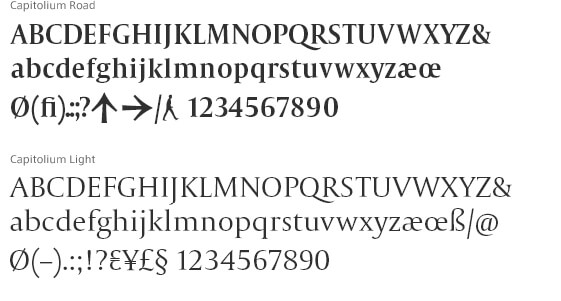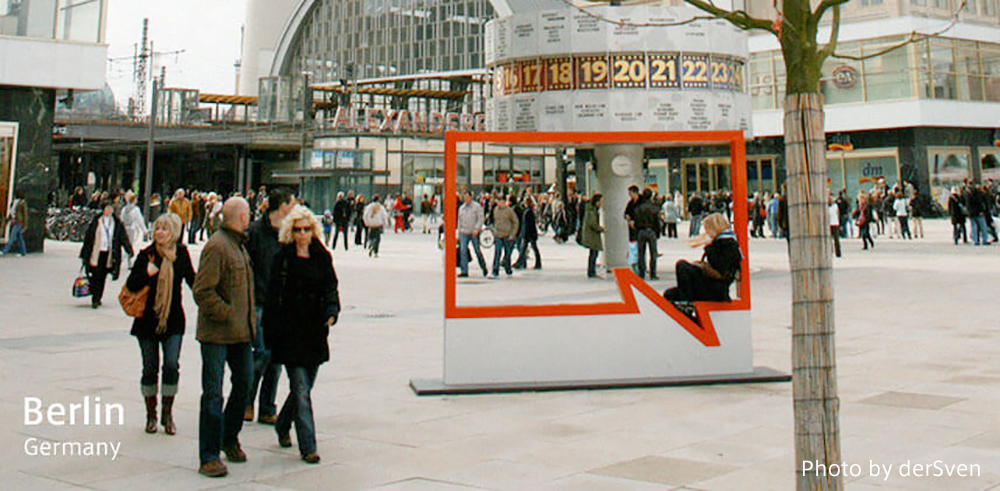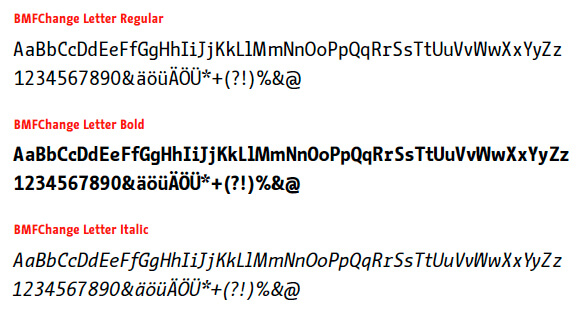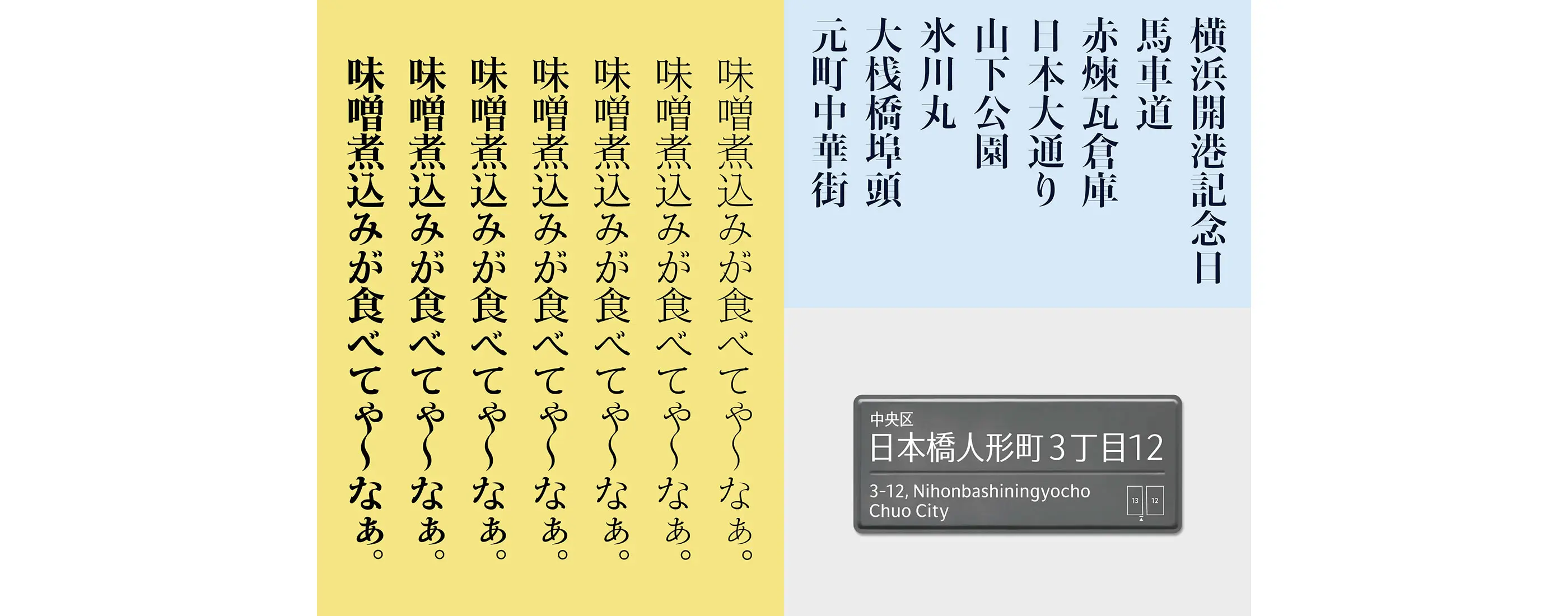
City Font Project
Contribution to strengthening city identity
Realizing Regional-ness in Typefaces
Cities have their foundation in the native cultures and histories they possess. In much the same way, nurtured by their native cultures, written characters have carved out unique histories since time immemorial. Today, in cities throughout the world, diverse measures are being undertaken to address the issue of branding. In Rome and Seoul, for instance, new production projects are underway to develop typefaces for use in urban guidance signage, websites, tourism posters and other promotional materials. By employing designs that both possess formal beauty and functionality and reflect the local character, city branding programs are becoming increasingly effective.
Type Project is envisioning the City Font Project as an attempt to incorporate the distinctiveness and charm possessed by Japan’s cities into the design of typefaces, each of which will embody the ‘urbanness’ of its city. To reflect the uniqueness of a city in the shape of its lettering, and make that into a typeface – This is the first stage of the City Font Project plan. So that written characters born in a city will be used and nurtured by that city, eventually becoming part of the local landscape. This is the vision the City Font Project seeks to realize.
At Type Project, we engage in typeface design based on the following three central concepts: the ‘regionality’ that brings out the distinctive traits of a city, the ‘consistency’ that gives form to the identity of a city, and the ‘publicness’ that increases a city’s value. By actively infusing aspects that are unique to a given locality, such as dialect, scenery and customs, we create typefaces that give voice to that place, and for which people can develop a sense of affection. Local residents and the region they inhabit can be brought closer together in this way, thereby promoting their coalescing as a city; and the sense of easygoing publicness that arises then in turn increases the value of the city itself. City fonts not only contribute to the integrity of urban development campaigns and cityscapes, they also act as tools for fostering a sense of identity and unity among the citizenry.
The development of a city font and the application of it in urban architecture and spaces, and signage, catalogs, business cards and all manner of other media give consistency to the overall image of the city. Not only does this increase convenience for local residents, it contributes to making deeper impressions on visitors and to improving the long-term value of the city.
